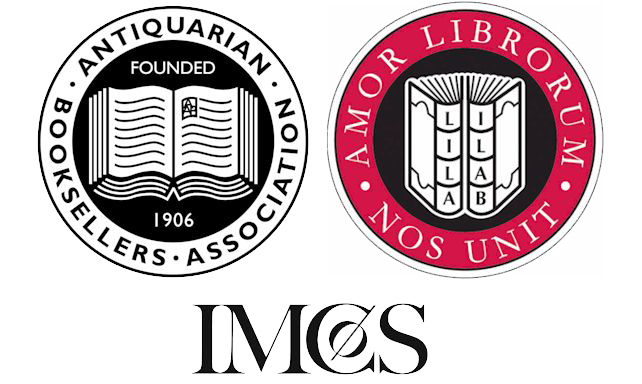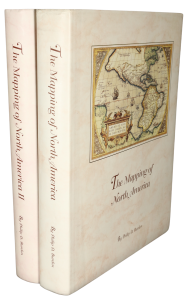Rare Maps and Prints
- World & Celestial
- North America
- West Indies, South & Central America
- British Isles
- British Isles
- English counties
- Large-scale
- Bedfordshire
- Berkshire
- Buckinghamshire
- Cambridgeshire
- Cheshire
- Cornwall
- Cumberland
- Derbyshire
- Devon
- Dorset
- Durham
- Essex
- Gloucestershire
- Hampshire
- Herefordshire
- Hertfordshire
- Huntingdonshire
- Islands
- Kent
- Lancashire
- Leicestershire
- Lincolnshire
- Middlesex
- Norfolk
- Northamptonshire
- Northumberland
- Nottinghamshire
- Oxfordshire
- Rutland
- Shropshire
- Somerset
- Staffordshire
- Suffolk
- Surrey
- Sussex
- Warwickshire
- Westmoreland
- Wiltshire
- Worcestershire
- Yorkshire
- Wales
- Scotland
- Ireland
- Western Europe
- Eastern Europe
- Middle East
- Africa
- Asia
- Australasia & Pacific
- Decorative Prints
- Title Pages
Mr. Philip D. Burden
P.O. Box 863,
Chalfont St. Giles, Bucks HP6 9HD,
UNITED KINGDOM
Tel: +44 (0) 1494 76 33 13
Email: enquiries@caburden.com
In 1804 the plates appeared in a rare atlas entitled ‘Maps of the Several Counties and Shires in England’ by William Darton (1755-1819) and Joseph Harvey (1764-1841). Then they were acquired by the firm of Laurie and Whittle. Often thought of as mere publishers Robert Laurie (1755-1836) was a noted craftsman. He was a talented mezzotint engraver who invented a method of mezzotint printing in colour, an achievement that won him an award from the Royal Society of Arts in 1776. In the early 1790’s he entered the publishing business with James Whittle (1757-1818) as his partner. The acquisition of Sayer’s stock catapulted them into the major league.
In 1806 they published a road book entitled the ‘Laurie and Whittle’s New Traveller’s Companion’ which included road maps. In the same year they published ‘Laurie and Whittle’s New and Improved English Atlas’ which is known by just one unrecorded example. Both works are in a similar presumably deliberate complimentary format. The following year appeared another dated 1807 which was clearly popular. There was just one alteration during the life of that edition in which the general map of England and Wales is dated 1810.
In 1812 Robert Laurie retired and was replaced in the partnership by his son Richard Holmes Laurie (1777-1858) and the firm changed its name to Whittle and Laurie. The atlas was renamed ‘A New and Improved English Atlas’ and issued in 1816, an extremely rare edition. Then in 1818 James Whittle died and the firm became known as that of R. H. Laurie. It still exists today under the name Imray, Laurie, Norie & Wilson Ltd. It appears that as the stock of plates ran out, he altered the imprints on the individual county maps replacing ‘Laurie and Whittle’ with ‘R. H. Laurie’. In this example all but 10 bear altered imprints. It is thought this commenced in 1820, the one date appearing on any of the altered maps, that of the Isle of Wight. The date of the general map was altered to 1817 and 1824 found here, and that of North Wales to 1821. Despite the reference to Iron Railways on the Explanation plate, none are found on the maps with the notable exception of Kent.
Provenance: David Kingsley collection; Clive A. Burden Ltd. 1989; Tony Burgess collection; Kit Batten collection. Batten & Bennett (2008) 57.3; Burden (1994) 55.ii; Burgess (2009) 73.v; Carroll (1996) 53.iii; not in Chubb; not in Hodson (1974); Kingsley 56.iii; Worms & Baynton-Williams (2011).
A New and Improved English Atlas
SOLD








